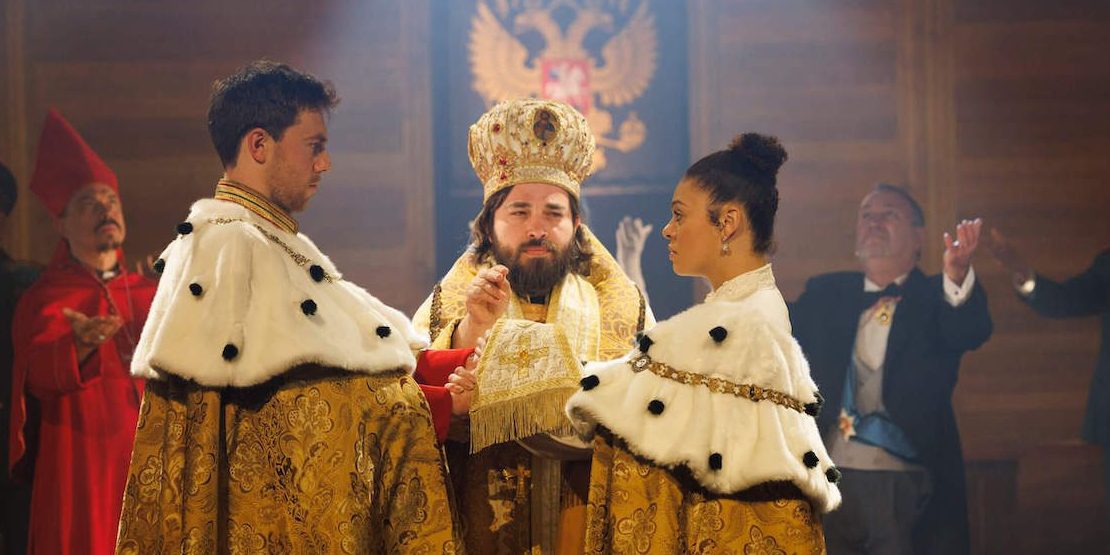Friedrich von Schiller began but never finished writing his last historical play,
Demetrius. He passed in 1805, at the age of 46, 200 years after the events that
dominate the play.
Dmitry, a variation on the name, Demetrius, is the imposture to the Russian throne, who overthrew Boris Godunov in 1605. This historical event is at the heart of Schiller’s unfinished play which has now been ‘completed; and edited by Peter Oswald and Alexander J Gifford. The result is gripping and challenging.
The beginning of the play introduces the audience to the historical context and the delicate political background of the time. Poland is only recently at peace with Russia. Should they interfere to put the rightful heir on the thrown? There is no doubt to the play is a political drama, but instead of feeding the audience political motivations, the story allows the political landscape and the individual characters motivations and goals to intertwine, creating a well-balanced story fantastically told.
The first scene successfully eases the audience into the language in which the story is told. This is not a modern telling using contemporary language, the actors expertly weave their way through the poetic language filled with beautiful metaphors, similes, and complex rhythms. Performances were excellent all rounds. A special mention must be made of Tom Byrne (The Crown, Netflix), portrays Dmitry as a complex character and allows the audience to go on a journey with him through Dmitry’s inner turmoil. Additionally, Poppy Miller (Harry Potter & The Cursed Child) who stars as Dmitry’s mother and the former tsarina gives an outstanding performance. Her mannerisms and tone elegantly show the grief for her son and her care for Russia.
The lighting, designed by Jackie Shemesh, was good in the first act but stood
out in the second. Different colours and spotlight effectively used in order to add to the high-stake feeling of the piece. This is particularly true when combined with the use of sound, designed by Max Pappenheim. Whether it be through the underscoring of moments to add tension or the resonance when a commander is talking to their unit, it had an immersive impact. The only questionable choice is the use of rock music during the first act, which at times felt jarring.
The set by Robert Innes Hopkins was plain and simple on a very large stage. Despite this, the stage never felt empty and with help from the lighting and sound the mostly wooden set easily transformed from a courtroom into a battle scene. Creating a fight scene on stage is somewhat of a difficult task but the artistic risks taken in this play paid off. Using props to portray the destruction of a battleground was a fantastic moment, as well as the use of slow motion and creating a sort of ‘freeze-frame’ of dramatic moments within the final scene.
Overall, Dmitry is a pleasurable watch, the cast is fantastic and there is the bonus of learning history while watching. The pacing, acting and direction allowed the audience to be captivated throughout the whole show.

